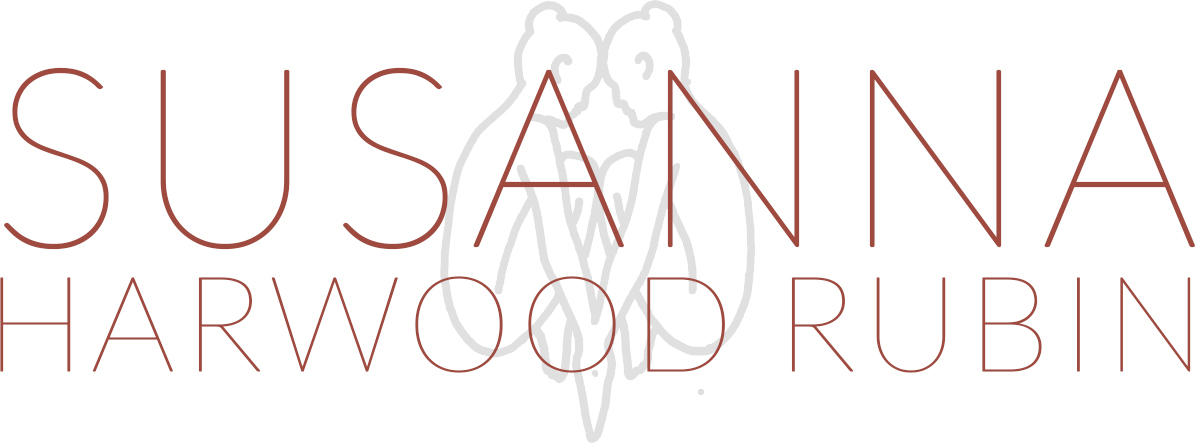“We practice for the practice” Douglas Brooks
The reason why some of us become artists is a persistent and overwhelming urge to create…something. Something written, drawn, performed – whatever medium best connects with the impulse. The creative urge is generally wrapped up in the act of creating rather than in the result, but once the process begins to take form, the purity of the initial impulse is altered by public opinion, day-to-day practicalities, and the external life it takes on outside of ourselves.
So how can art making be a practice and not just a process moving toward a particular result? It is amazing how attached I am to work when I am in the act of making it. But once I am done, my fascination softens to a fondness or interest in what I have created – hardly the compulsion that propelled its creation forward. While I am working on something, it is like a love affair. I think about it all day, before I go to sleep; I dream about it. It alternately torments me and thrills me and creates a profound immersive feeling like a delicious meal that I am in the midst of savoring.
Most of my artist friends and I regularly joke around about our ongoing swing between – “I am so brilliant” and “I’m an idiot, a fraud – I have nothing to say.” It’s just part of the creative package and is determined by where we are in the process at the moment. But if we can see the act of art making as a practice rather than as a set of results (all economic concerns and the art market aside…), then the paradigm shifts. We are in the process and the process is in us. Actually there is no separation between the process and ourselves. We succeed because of the simple fact that we have engaged and are engaged.
This is what yoga has taught me on the most transformative and essential level. If you are IN it, you are doing it. The goal is often the process and if you can live fully in the process, mindful of where you came from and open to where you are going, then you have accessed the delight of simultaneity and are living in the heart of your creativity. This is not a rejection of aspirations and goals, but rather an embrace of the richness of all aspects of the creative experience. It is a bigger picture than the linear pursuit of a solitary goal. In holding together the origin of an idea, its present incarnation, and its future prospects, the process becomes the past, present, and future woven together in a vibratory hum of creativity and possibility.
Henri Matisse – The Red Studio 1911
In Matisse’s The Red Studio, the circle of numbers on the grandfather clock is visible, but no hands. Matisse’s work hangs on the walls, sits on the table and on sculpture stands, and rests on the floor. The materials and inspirations for art making are scattered throughout the room as well. There are unfinished canvases and empty frames. But time is indeterminate, suspended in a sensuous flood of red that seems to pour off the edges of the canvas. Past-present-future in a painting. A limitless self-portrait in which creativity envelops time.
In any creative pursuit we talk about being in the flow. In Anusara yoga we talk about stepping into the flow. We move toward the midline, our center, so that we can dive into the reservoir of our resources. We expand outward from there into the unknown. A pulsation between inner focus and outer expression. Process. Simultaneity. An intricate weave of then, is, and will be.


